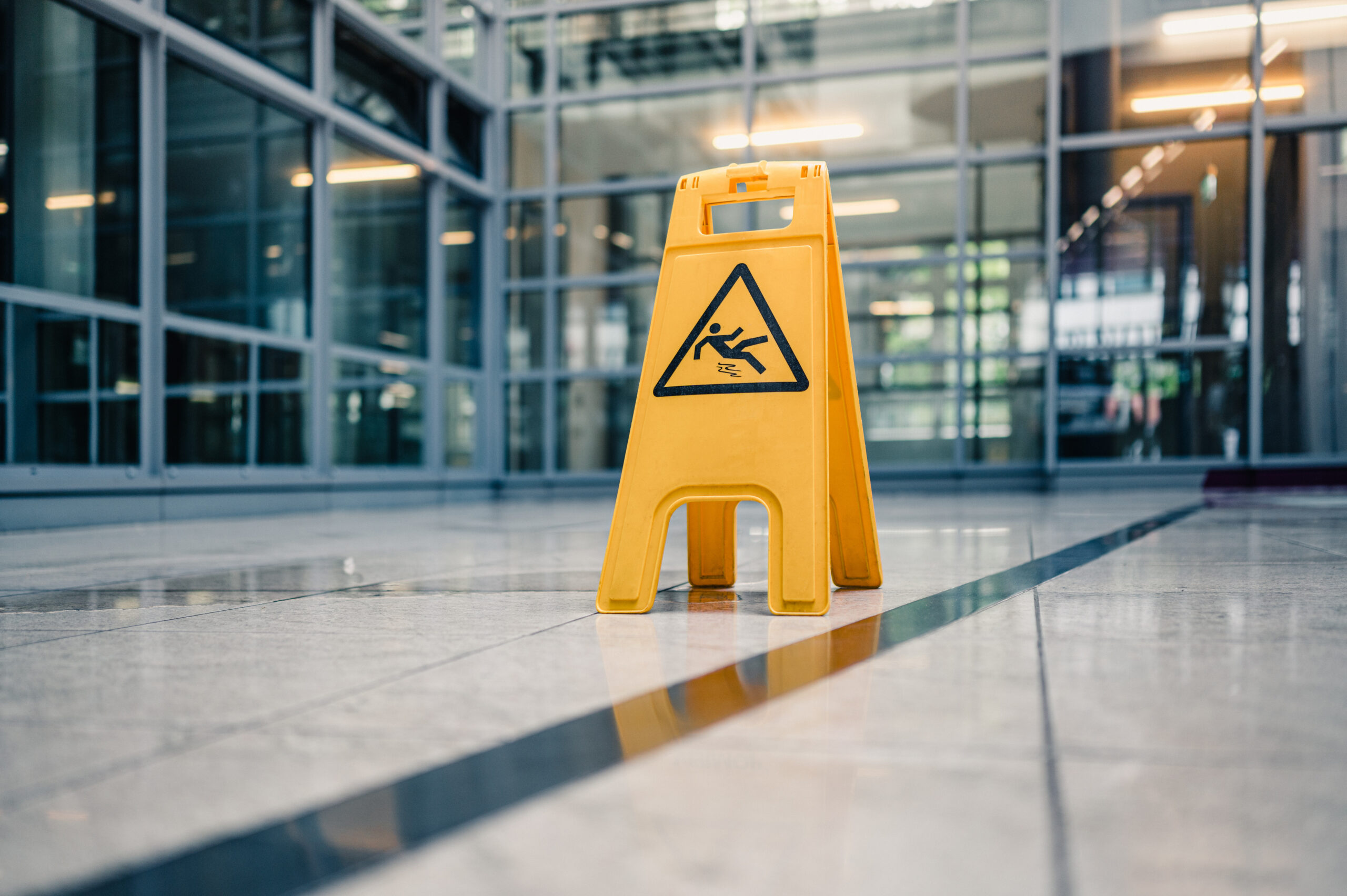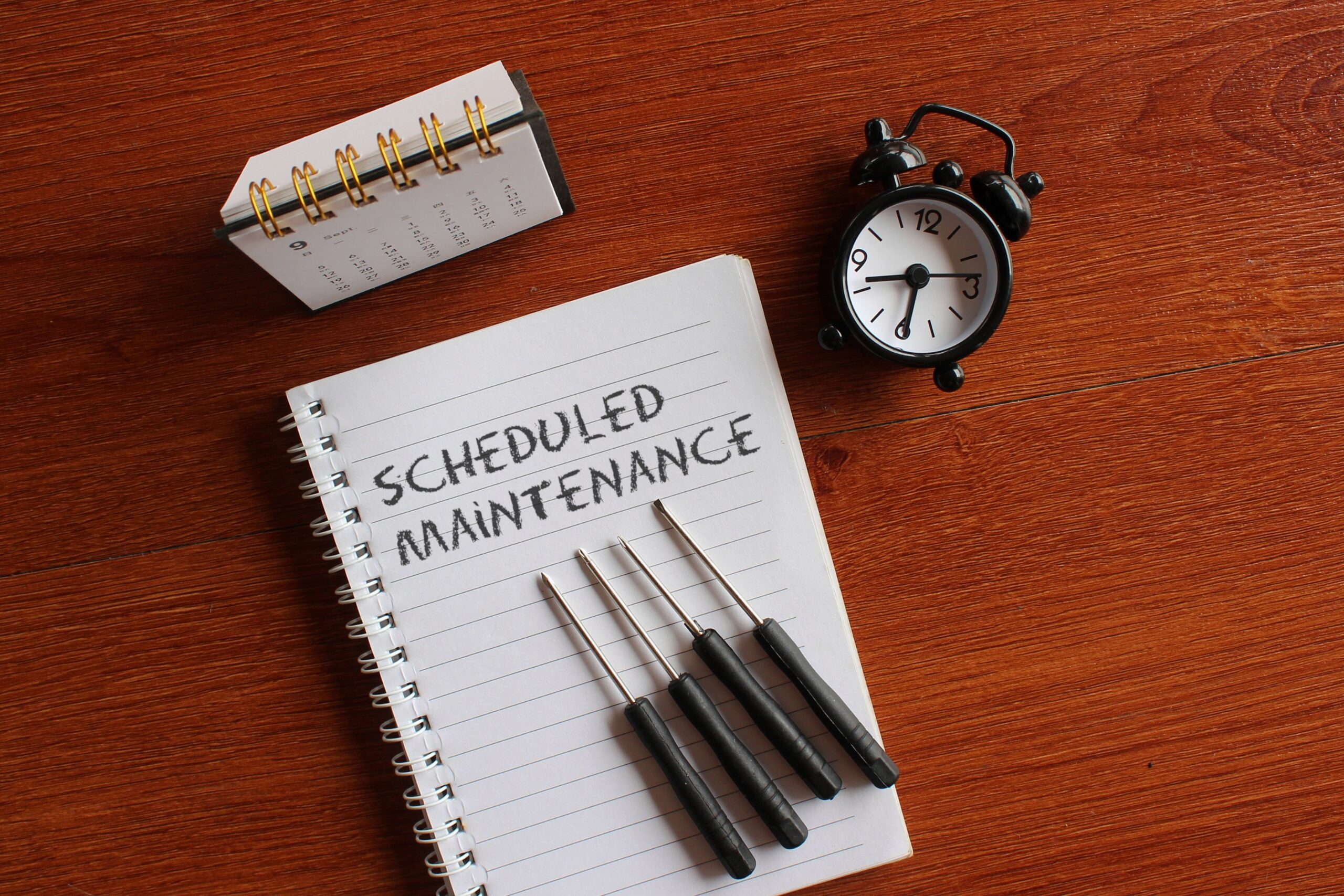The task of managing asbestos risks in common areas presents a multifaceted challenge for property managers. Striking a balance between financial prudence, duty of care, and compliance with occupational health and safety regulations demands a nuanced approach.
Asbestos in Australia
In Australia, Asbestos Containing Materials (ACM) have had widespread use throughout both residential and commercial buildings within common structures posing significant hazards to occupants and workers alike. Factors such as lack of site familiarity, inadequate training, absence of asbestos registers, and poor information exchange contribute to heightened workplace incidents.
The nature of Common Areas is that many of the contractors / employees do not work in the same place repetitively and are subject to a higher risk of incident which can include accidentally disturbing Asbestos containing materials without even being aware of what materials they are working on or in some instances choosing to turn a blind eye.
Mabi Services have seen first-hand incidents such as lot owners drilling or cutting their entry fire doors exposing friable Asbestos to the common stairwells or owners who perform renovations internally and place unsealed ACM on the common area prior to being taken for disposal without transporting or disposing of it correctly. Therefore, it is important to highlight these hazards, like the potential location of Asbestos to the owners and contractors performing works.
How to manage risk
Having a Division 5 Asbestos Register set up as per for the requirements of the Occupational Health and Safety regulations 2017 common property will identify the likely locations of ACM on your common property, the current condition of the material, the potential risks and commentary regarding appropriate control measures to be implemented. This is the first step in allowing the Owners Corporation to manage the risks in an appropriate manner; the Asbestos Register also provides valuable information to the owners and contractors and creates an awareness of the potential hazards to minimise the occurrence of situations such as these.
In many cases asbestos containing materials in solid form (non-friable) are not hazardous and if maintained in good condition does not require any immediate rectification works. Asbestos becomes dangerous when the fibres are released into the atmosphere and breathed in by persons within the vicinity. The release of Asbestos fibres can be attributed to damaged materials such as broken eaves sheeting or from people performing works such as cutting, drilling, or sanding without taking the appropriate control measures.
Limiting the risks
Removal is always the best option, but it is not always practicable or required. If ACM is in a solid non-friable form and it is free from potential disturbances, it is likely that no remedial action is required.
Materials that have been deemed high risk due to the likelihood of exposure or probability to be disturbed such as damaged or friable (not bonded) asbestos materials may require prompt action to isolate the area and a licensed removalist must be engaged to rectify or remove the materials. If Asbestos containing materials are not maintained in a good state of repair the consequences can be detrimental to health.
Some practical examples to help limit the risks to contractors and general public by disturbing the ACM is to:
- Keep a copy of the Asbestos Register in an easily accessible place on site or via workorder links.
- Provide a copy of the Asbestos Register to all people engaged (by the manager or owners) to work on the property or within private lots.
- Notify the owners & contractors that Asbestos is suspected at the property and to refer to the Register prior to works.
- Where practicable clearly label the ACM to avoid accidental damage.
- If a material is suspected to contain Asbestos, treat it as if it does or arrange to have it tested at a NATA approved laboratory.
- After maintenance or removal works have been conducted ensure, the Asbestos Register is updated; and
- Ensure that the condition of any ACM is reviewed regularly or at least every five years as require under the Occupational Health and Safety legislation.
How we can help
Our role in Asbestos reporting is not to scare people in regard to the cost and inconvenience of removing asbestos but it is educate and create awareness. Determining whether asbestos is present or not in the common areas is the only way to ensure asbestos disturbance is minimised and determine if any further action is required. The majority of the time no immediate action is required, and the condition of the materials can be monitored, and action may be required at a later stage. By providing ongoing monitoring and maintenance keeping any materials in good condition, an Owners Corporation can defer removal costs allowing adequate time to accrue funds or plan for removal at a later stage whilst also knowing and limiting the risks of having Asbestos on their property.
Communication is vital in preventing exposure risks, educating owners, tenants, and occupants about asbestos presence, prevention measures, and reporting channels is imperative for maintaining a safe environment. By adhering to these principles and taking proactive measures, property managers / owners corporations can safeguard the well-being of occupants and workers while effectively managing asbestos risks in common areas.
To learn more about Asbestos contact Mabi Services. To discuss your property’s strata management needs or receive a FREE management proposal contact our friendly team. We also offer more helpful resources and community living news in our FREE newsletter.



